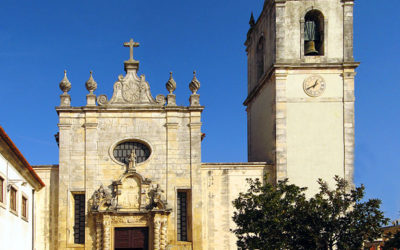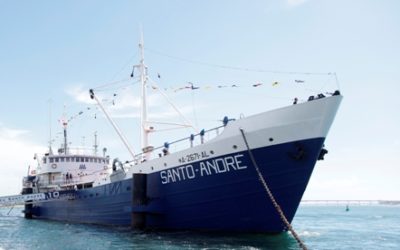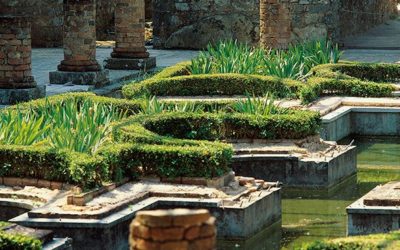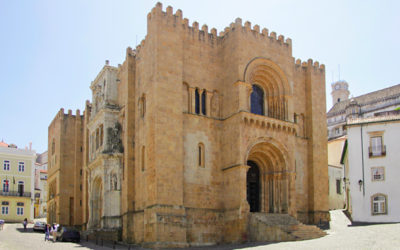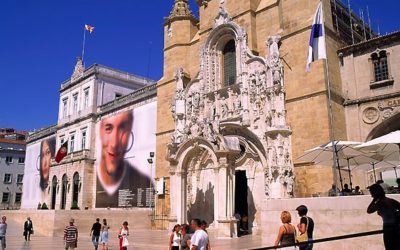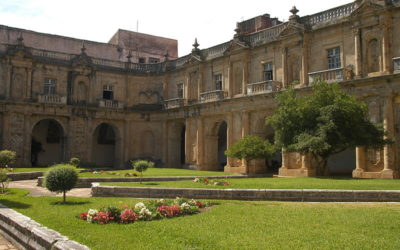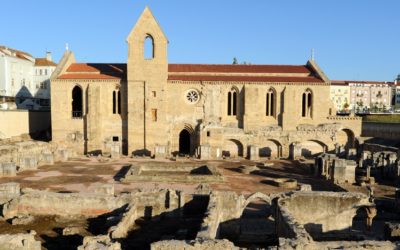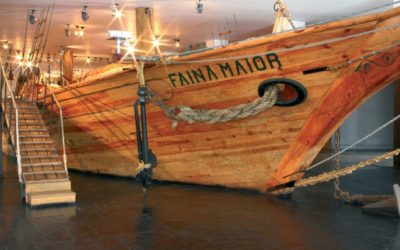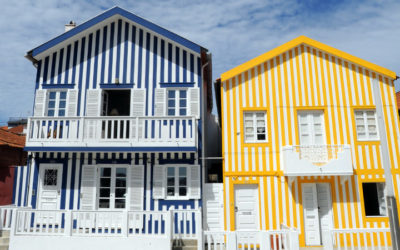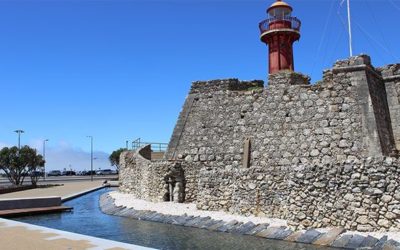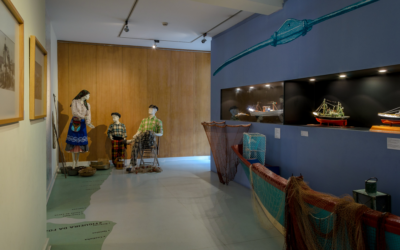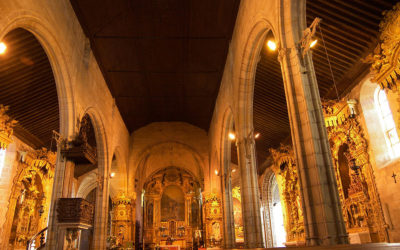Aveiro Sé Cathedral
Nowadays, the church is the see of the Diocese of Aveiro. It was consecrated in 1464 and was formerly connected to the monastery of São Domingos. In 1834, the monastery was transformed into a military barracks and was burnt down some years later. The church was left standing, with a beautiful baroque portal, framed by […]
